President Trump’s recent executive order covering artificial intelligence (AI) in education set in motion a new US government effort to build an AI-ready workforce and implement a strategy to promote the widespread adoption of AI across the US economy.
The order, issued April 23, initiates many important actions to support AI in education – including the establishment of the White House Task Force on Artificial Intelligence in Education, chaired by Office of Science and Technology Policy (OSTP) Director Michael Kratsios. The order initially supports funding for K-12 instruction related to AI, supports AI training for educators, and promoting registered AI-related apprenticeships.
BSA shares the goals of the executive order: building AI literacy and proficiency among students and lifelong learners. AI leadership as a nation requires AI adoption; AI adoption relies on a workforce trained and ready to make use of the technology. This initiative can prepare American workers for a future in which AI and tech skills will be critical. Economies that can harness the benefits of widespread AI adoption are also positioned for future competitiveness.
We strongly encourage the Administration to use this opportunity to build on established and recognized digital skills initiatives that can be replicated and repurposed for AI skills. Specifically, we encourage the US government to make use of the National Institutes of Standards and Technology (NIST) National Initiative for Cybersecurity Education (NICE) Cybersecurity Workforce Framework and adapt it for AI.
Much like the NICE Cybersecurity Workforce Framework, OSTP, in collaboration with other agencies – and as part of the Task Force established by the executive order – should direct NIST to establish an AI Education Framework. The AI Education Framework could:
- Establish a standardized approach to AI education and certification programs;
- Guide curriculum development at educational institutions to real-life business needs;
- Support employer hiring practices, job descriptions, and skills-based recruitment;
- Modernize labor market data with real-time, economy-wide information on emerging roles and skills;
- Assist federal workforce hiring to set requirements for AI-related roles, and train staff;
- Set terminology around specialty areas, work roles, knowledge, skills, abilities, and tasks.
This approach has the benefit of leveraging OSTP’s coordinating role through the executive order and OSTP’s working relationship with NIST to set a common, strategic approach to building an AI-ready workforce.
BSA calls on the White House Task Force on Artificial Intelligence in Education to strongly consider the formation of an AI Education Framework as part of its work to implement President Trump’s executive order.

